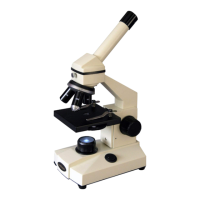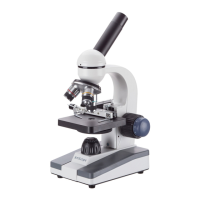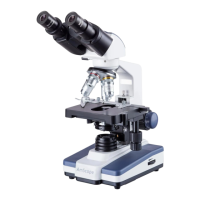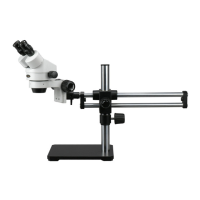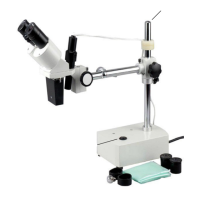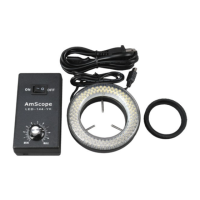107
MU Series (Windows)
User’s Manual
Process Menu Tools
Filter
Flaen - This lter aempts to remove the topography of an image by equalizing gray values, creang a aer
image.
Median - This lter removes impulse noise from an image by replacing the center pixel with the median value
of its neighboring pixel area, also slightly blurring the image.
Rank - This lter removes impulse noise from an image by ranking kernels in the order of intensity, and the pix-
els within the range at a given percentage are chosen for comparison. If the dierence between the selected
pixel and the center pixel is greater than the threshold value, the “Rank” lter replaces the value of the center
pixel with the value of the selected pixel.
Opons - This secon also contains a number of paramters that can be adjusted depending on which lter is
being used.
Using a “3x3” kernel will produce a more subtle ltering, while “5x5” will produce a moderate eect, and “7x7”
will produce a stronger eect.
“Passes” refers to the number of mes the ler is applied to an image. The more passes, the more amplied
the eects will be,
“Strength” is a percentage derivave, where each value represents 10% strength of the lter applicaon. 10
thus provides the full strength of the lter of 100%, the greater the value, the greater the dierence between
the ltered pixel value and the original pixel value will be.
When “Rank” is selected, the “Strength” parameter will disappear, and the “Rank” parameter will appear. This
value species which pixel in the sorted (ascended) pixel array will be used to replace the center pixel. Pixels
are indexed from 0 to Kernel x Kernel -1, where 0 corresponds to the lowest value. The “Rank” will be specied
in the terms of a percentage of the indexes, where a 50% rank means in the middle pixel in the array, a 0% rank
means the lowest gray value, and a 100% rank means the highest gray value.
When the “Equalizaon” lter is selected, the parameters will change to adjust the histogram equalizaon
values, instead of the “Passes” and “Strength” parameters.
The “Window” opon uses pixel stascs (minimum, maximum, histogram, mean, standard devicaon, etc) of
an area in the image, then used to device the local contrast for that area of the image. Larger windows provice
smoother results, while smaller ones make more intense changes to small details.
The “Best Fit” opon opmizes the values for the parcular image based on the soware’s interpretaon of
the image by stretching the local histogram to maximize the contrast between brightest and darkest pixels in
the window region.
The “Linear” opon distributes the histogram linearly across the intensity scale, providing a high contrasted
image with the highest possible dynamic range.
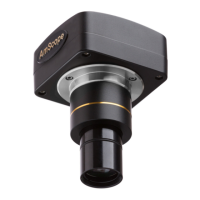
